



Course Videos
 Video
Video
What is a “no call” result and what are the implications of getting this result? What is the approach if this is reported? What is the role of fetal fraction in producing a no-call result?
 Video
Video
What is “fetal fraction” and how does the fetal fraction affect the sensitivity of NIPT using the counting method and SNP-based technology?
 Video
Video
Who exactly should be offered this screening? Can you distinguish between high-risk and low-risk patients? And what does the American College of Medical Genetics (ACMG) recommend as far as NIPT?
 Video
Video
What is the clinical and trial data, including false-positive rates and PPV, supporting the expanded, routine use of cell-free DNA-based NIPT in lower- and average-risk patients?
 Video
Video
In what way have recent guidelines issued by the by national associations, including SMFM/ACOG and ACMG, changed for cell-free DNA NIPT, especially for so-called “average risk” patients?
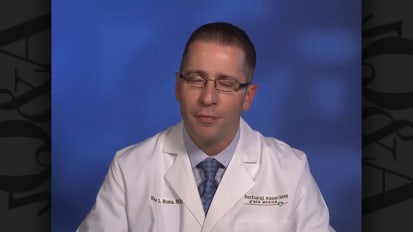 Video
Video
What is the rationale for deploying SNP-based NIPT in larger swaths of the population, especially in lower risk populations? Do recent guidelines — from the ACMG — suggest there is value using cell-free DNA tests in low risk patients?
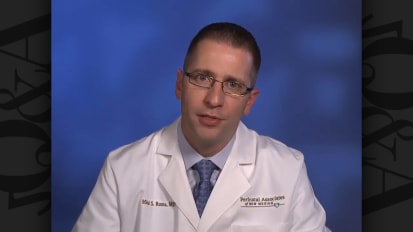 Video
Video
Why is there is a discrepancy between cell-free DNA testing and ultrasound regarding the sex of the baby?
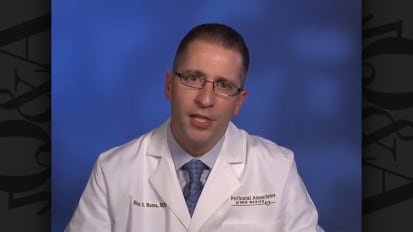 Video
Video
Since the technology for cell- free DNA/SNP-based testing can be complex, how do you work with the companies and what kind of technical support is required to optimize NIPT in this context?
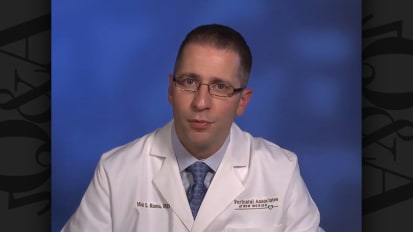 Video
Video
How do you work with genetic counselors to optimize the value of cell-free DA test results for NIPT in your patients?
 Video
Video
What is the unique value of cell- free DNA, SNP-based testing in the setting of vanishing twins? Why and how is the test employed? What is the limitation of the counting method in this case?
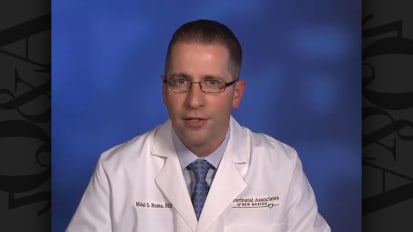 Video
Video
What are some of the practical, real world aspects of using SNP-based, cell-free DNA fractions for NIPT? Can you take us through this at the patient care interface?
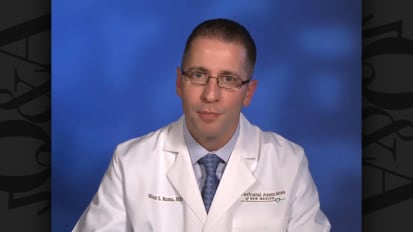 Video
Video
Would you describe some clinical scenarios that illustrate types of patients for whom you would utilize NIPT, specifically the SNP-based technology, in your clinical practice?